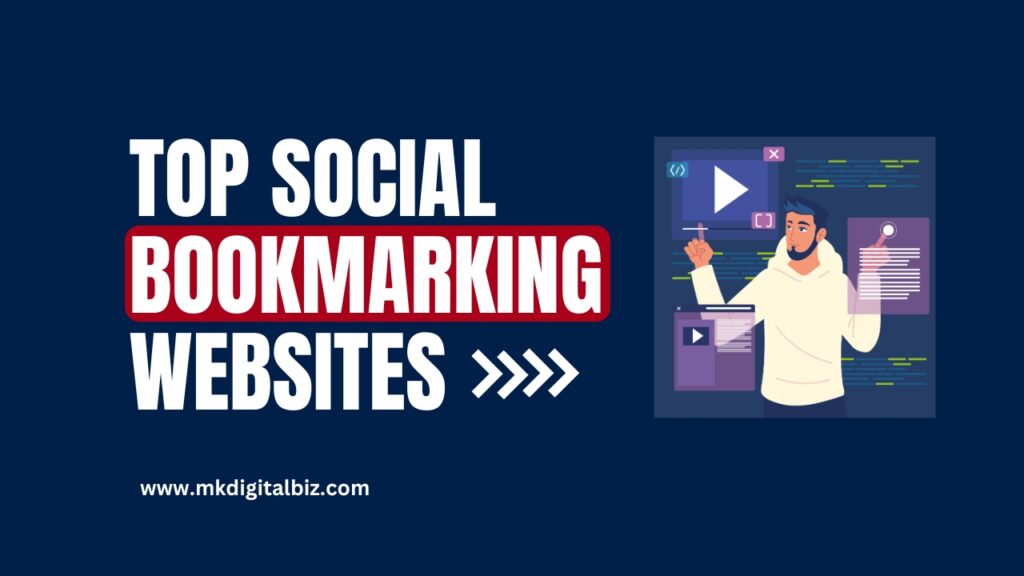E-commerce marketing is the practice of promoting and selling products or services online through electronic channels and digital strategies. It encompasses a wide range of techniques and methods to attract potential customers, engage them, and ultimately convert them into buyers.
Here's a detailed overview of ecommerce marketing:
1. Optimize your website
Your website is your digital storefront. Ensure it is user-friendly, visually appealing, and responsive across various devices. Optimize loading speed, as slow websites can deter potential customers. Implement easy navigation, clear product descriptions, high-quality images, and a seamless checkout process. A well-structured website will keep visitors engaged and improve your chances of converting them into customers.
2. SEO
This involves optimizing your e-commerce website to rank higher in search engine results. It includes keyword research, on-page optimization, backlink building, and technical SEO to increase organic (unpaid) traffic.
Optimize your product listings, blog content, and metadata with these keywords. Regularly update your site with fresh, informative content to improve your search engine rankings.
3. Content Marketing
Content marketing is an effective way to engage and educate your audience. Create valuable and informative content such as blog posts, how-to guides, product reviews, and videos. Share this content on your website and through social media to establish your authority in your niche and build a loyal following.
4. Social Media Marketing
Social media is a powerful platform for e-commerce marketing. Choose the platforms that align with your target audience and engage with them regularly. Share compelling visuals, promotions, and content to create brand awareness and drive traffic to your website. Social media advertising can also be highly effective for reaching a larger audience.
5. Email Marketing
Building an email list is a valuable asset for your e-commerce business. Use email marketing to nurture leads, send personalized product recommendations, and promote special offers. Craft engaging and relevant email campaigns to keep your customers informed and coming back for more.
6. PPC Advertising
Running paid advertising campaigns on search engines and social media platforms to drive immediate traffic to your website. Google Ads and Facebook Ads are popular choices for PPC advertising.
7. Affiliate Marketing
Partnering with affiliates who promote your products and earn a commission on sales generated through their referral links. This can expand your reach and drive sales through third-party marketers.
8. Influencer Marketing
Collaborating with influencers in your niche can provide a substantial boost to your e-commerce marketing efforts. Influencers have dedicated followers who trust their recommendations. Partner with influencers who align with your brand and products to gain credibility and expand your reach.
9. Analytics and Data Tracking
Using web analytics tools to monitor website traffic, user behavior, and sales performance. This data helps in making informed marketing decisions and optimizing strategies.
10. E-commerce Marketplaces
Expanding your online presence by selling products on popular marketplaces like Amazon, eBay, or specialized niche platforms.
11. Retargeting and Remarketing
Using tracking and cookies to display targeted ads to users who have previously visited your site but didn't make a purchase.
Conclusion
E-commerce marketing is a dynamic and ever-changing field, but by implementing these tips, you can position your online retail business for success. Know your audience, optimize your website, leverage digital marketing strategies, and continuously adapt to stay ahead in the competitive e-commerce landscape. With dedication and smart marketing, your e-commerce business can thrive and achieve long-term success.









